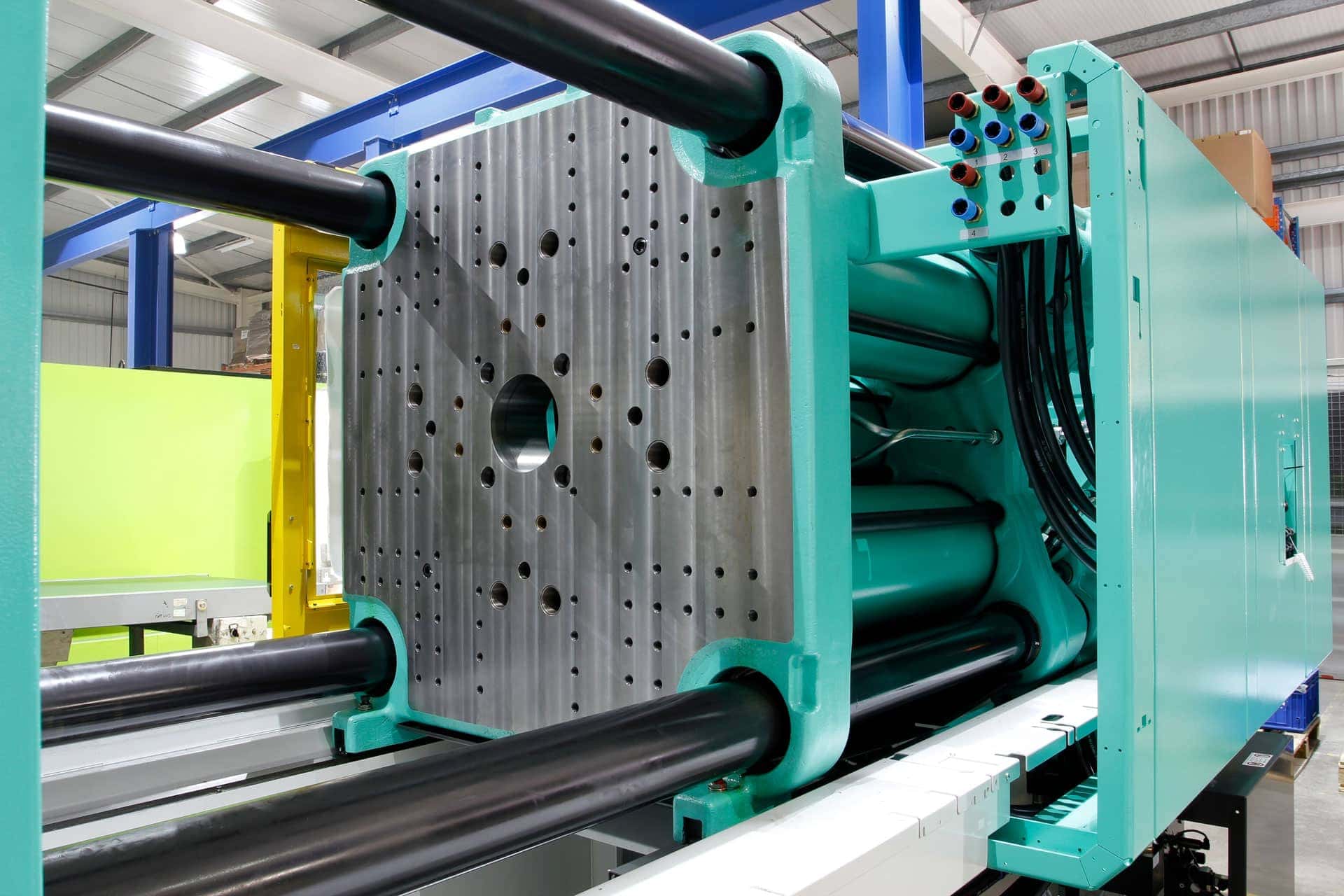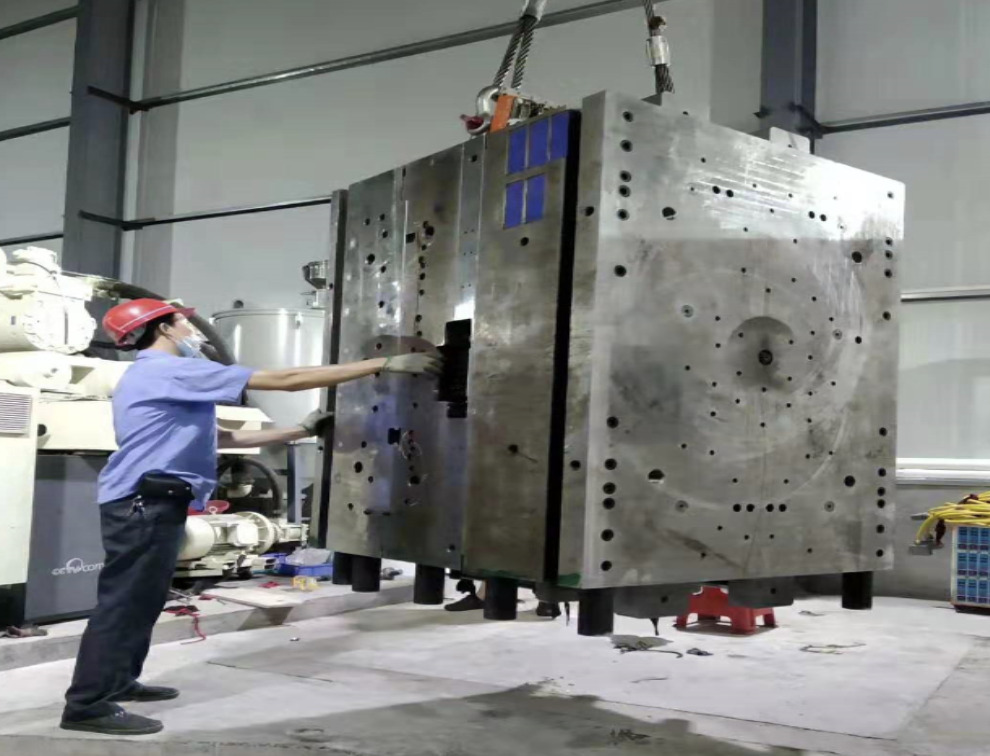How Plastic Injection Molding Makes Certain Consistency and Precision in Production
How Plastic Injection Molding Makes Certain Consistency and Precision in Production
Blog Article
Understanding the Basics of Plastic Shot Molding Procedures
Plastic injection molding functions as a cornerstone of modern manufacturing, providing a methodical strategy to generating complex components with accuracy. This process not just encompasses the basic actions of melting and infusing products right into mold and mildews but also involves a nuanced understanding of various influencing factors, such as temperature level and stress. As industries increasingly demand efficiency and quality, the ins and outs of this methodology come to be a lot more important. Exploring these vital components can disclose exactly how even small changes can cause considerable renovations in manufacturing outcomes, elevating questions concerning the potential for innovation in this well established process.
What Is Plastic Injection Molding?
Plastic injection molding is a commonly utilized manufacturing procedure that changes thermoplastic and thermosetting materials right into specific and complicated forms. This method is preferred for its ability to produce high quantities of identical parts with extraordinary accuracy, making it a crucial method in different industries, consisting of vehicle, consumer products, and medical tools.
The process includes melting the selected plastic material and infusing it right into a mold under high stress. The mold, designed to the specifications of the preferred part, allows the molten plastic to form as it strengthens and cools. As soon as the material has hardened, the mold is opened, and the ended up element is ejected.
Plastic injection molding supplies several advantages, consisting of minimized waste, consistency in manufacturing, and the capability to incorporate detailed designs that might be testing with various other manufacturing methods. Additionally, it sustains a wide variety of materials, each offering distinct residential or commercial properties that can be tailored for specific applications. As sectors remain to introduce, plastic injection molding remains at the leading edge, enabling the advancement of advanced items that meet developing customer needs.
The Shot Molding Refine
The injection molding process is a sophisticated method that involves several crucial stages to create premium plastic elements. At first, plastic pellets are fed into a heated barrel where they are merged a viscous liquid. This molten plastic is after that infused under high pressure right into a precision-engineered mold and mildew, which shapes the material right into the preferred type.
Once the mold and mildew is loaded, the plastic is enabled to strengthen and cool, taking the form of the mold and mildew dental caries. Air conditioning time is vital, as it impacts the cycle time and the final residential or commercial properties of the molded component. After sufficient cooling, the mold and mildew opens, and the ended up element is ejected making use of ejector pins.

Materials Utilized in Injection Molding
Different materials can be utilized in the injection molding process, each offering unique residential properties that provide to certain applications. One of the most generally made use of products consist of thermoplastics, thermosetting plastics, and elastomers.

Thermosetting plastics, like epoxy and phenolic materials, undergo a chemical adjustment throughout the treating procedure, resulting in a stiff, stringent structure. These materials are excellent for applications needing high warmth resistance and architectural integrity, usually used in automobile components and electric insulators.
Elastomers, consisting of silicone and rubber-based materials, offer flexibility and resilience. Their special properties make them appropriate for applications that require flexibility, such as gaskets and seals.
Additionally, specialty materials like bio-based plastics and composites are getting grip for their ecological advantages and boosted efficiency characteristics, broadening the range of injection molding applications in different markets. Recognizing the properties of these materials is important for choosing the ideal kind for specific projects.
Benefits of Shot Molding
Shot molding sticks out as a very reliable production procedure that uses many advantages for creating complex parts with precision. Among one of the most substantial advantages is the capability to create intricate layouts that would certainly be impossible or tough to attain with various other techniques (Plastic Injection Molding). The process permits limited tolerances and comprehensive features, making certain top notch elements
Additionally, shot molding is understood for its rapid manufacturing capacities, making it an optimal choice for high-volume production. Once the mold is developed, parts can be produced promptly, minimizing lead times and raising general productivity. This performance not only lowers manufacturing costs yet also gives an one-upmanship on the market.
The versatility of products used in shot molding further improves its allure. A variety of thermoplastics and thermosetting polymers can be utilized, permitting manufacturers to choose find out products that finest fulfill their specific resource demands, consisting of warmth, adaptability, and strength resistance.
Additionally, the procedure minimizes waste, as excess material can commonly be reused and reused. This sustainability aspect contributes to a lowered ecological impact, making injection molding an accountable production selection. Generally, the advantages of injection molding make it a favored approach for numerous markets.
Aspects Influencing Item Quality
While various aspects can affect item top quality in shot molding, recognizing these elements is essential for accomplishing ideal outcomes. Key aspects include material selection, processing parameters, and mold design.
Material option plays a vital role, as various polymers show one-of-a-kind residential or commercial properties that affect flowability, strength, and thermal stability. Inadequate product selection can bring about flaws such as bending or incomplete filling.
Handling criteria, consisting of temperature, pressure, and cycle time, have to be thoroughly managed. Variations in these setups can lead to disparities in part measurements and surface finish. Excessively high temperatures might trigger degradation of the polymer, while poor pressure can result in brief shots.
Mold design is similarly essential, as it determines the circulation of the molten plastic and the cooling process. Inadequately created molds may lead to irregular air conditioning rates, causing recurring stresses and dimensional errors.

Final Thought
To conclude, plastic injection molding functions as a vital production process that allows the effective production of premium elements. Mastery of the injection molding procedure, consisting of the understanding of products and the influence of various elements on item quality, is important review for accomplishing optimal results. The benefits of this technique, such as cost-effectiveness and style flexibility, further emphasize its value throughout several markets, solidifying its status as a preferred selection for high-volume manufacturing.
Plastic injection molding serves as a keystone of contemporary manufacturing, offering a systematic technique to creating complex parts with precision.Plastic injection molding supplies a number of advantages, consisting of decreased waste, consistency in manufacturing, and the capability to include complex designs that might be challenging with various other producing approaches (Plastic Injection Molding). As markets continue to introduce, plastic injection molding stays at the forefront, making it possible for the advancement of innovative products that fulfill developing customer demands
The shot molding process is an innovative technique that entails several vital stages to generate premium plastic parts.In final thought, plastic shot molding serves as a critical manufacturing procedure that enables the effective manufacturing of top quality parts.
Report this page